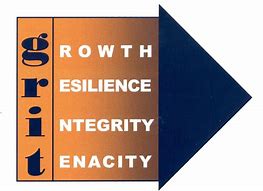
Most people don’t keep most of their commitments
Discomfort is one of the values of commitments
- We must learn to tolerate discomfort in order to grow
- Comfort zones are most often expanded through discomfort
- When people don’t understand that being uncomfortable is part of the process, they use the discomfort as a reason not to do. Then they don’t get what they want.
What lessons must we learn in order to have our goal?
- Become an “eager learner.”
- Whatever comes along, look for the lesson. Assume it’s for your good, no matter how bad it seems.
“You supply the goal by thinking in terms of end results. Your automatic mechanism then supplies the means.”
Although keeping agreements is a good technique for building trust with others, the real reason for keeping agreements is for building trust with ourselves.
- Not a one-time occurrence. It must be done daily, hourly, continually. We must choose to commit to our choice, over and over.

Re-source: Re-enforce
Suggestions for making and keeping commitments
- Don’t make commitments you don’t plan to keep
- Imagine a commitment as a precious jewel.
- Casual commitment do count
- Learn to say no.
- Make conditional agreements
- Keep the commitments you make
- It will build strength, character, and inner trust.
- Write commitments down
- Otherwise it is just a good idea
- Renegotiate at the earliest opportunity
IMPORTANT: To say we want something by a certain date shows us what we must to today, right now, to make that happen. It gets us going. If we don’t achieve it, it gives us a chance to look back, see what must be done differently in the future, correct our course, recommit, and continue on.
craving and resource from “DO IT! – Let’s get of our buts – by John-Roger and Peter Mcwilliams

